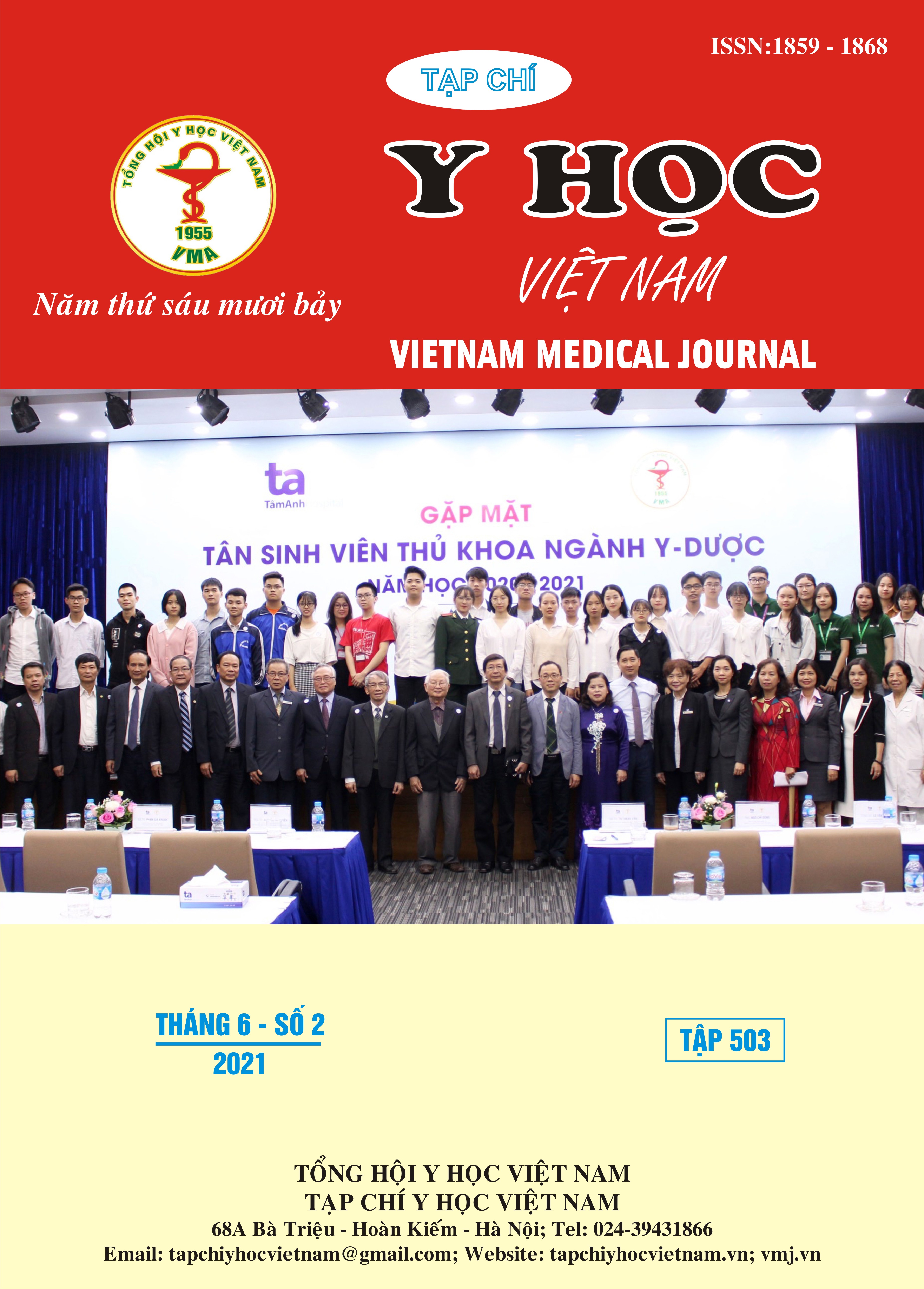QUALITY IMPROVEMENTS ON THE PHARMACEUTICAL APPLICATION OF FUSED DEPOSITION MODELING 3D PRITING
Main Article Content
Abstract
Fused deposition modeling is a type of additive manufacturing technology that allows the production of three-dimensional (3D) devices from a computer-aided design (CAD) file. FDM is an user-friendly, low-cost technique to quickly print prototypes with complex geometry. However, the FDM technique has some limitations due to its use of high temperatures. These temperatures may lead to potential thermal degradation, shrinkage issues, low surface quality and poor resolution. Moreover, although FDM is a fairly well-known 3DP technique, it is still a complex process to control. This complexity is due to the relatively high number of parameters that may affect the quality of final printed products. This paper aims to inform about 2 major factors that directly affect the quality of 3D printed products. Additionally, frequently encountered technical issues and approaches to solving the problems, improving product quality were also discussed.
Article Details
Keywords
Three-dimension (3D) printing, 3D printed drugs, fused deposition modeling, material extrusion
References
2. Henry, S., et al. (2021). "Extrusion-based 3D printing of oral solid dosage forms: Material requirements and equipment dependencies.". International journal of pharmaceutics, 598, 120361.
3. Cailleaux Sylvain, e.a. (2020). "Fused Deposition Modeling (FDM), the new asset for the production of tailored medicines." Journal of Controlled Release
4. Melocchi, A., et al. (2015). "3D printing by fused deposition modeling (FDM) of a swellable/erodible capsular device for oral pulsatile release of drugs.". Journal of Drug Delivery Science and Technology, 30, 360-367.
5. Solomon, I.J., P. Sevvel, and J. Gunasekaran. (2021). "A review on the various processing parameters in FDM." Materials Today: Proceedings, 37, 509-514.
6. Zhang, J., et al. (2020). "Structure-function correlation and personalized 3D printed tablets using a quality by design (QbD) approach.". International Journal of Pharmaceutics 590, 119945.
7. Vo, A.Q., et al (2020). "Hot melt extrusion paired fused deposition modeling 3D printing to develop hydroxypropyl cellulose based floating tablets of cinnarizine." Carbohydrate Polymers, 246
8. Mitsouras, D., and Peter C. Liacouras. (2017). 3D printing technologies. In 3D printing in medicine, 5-22.


